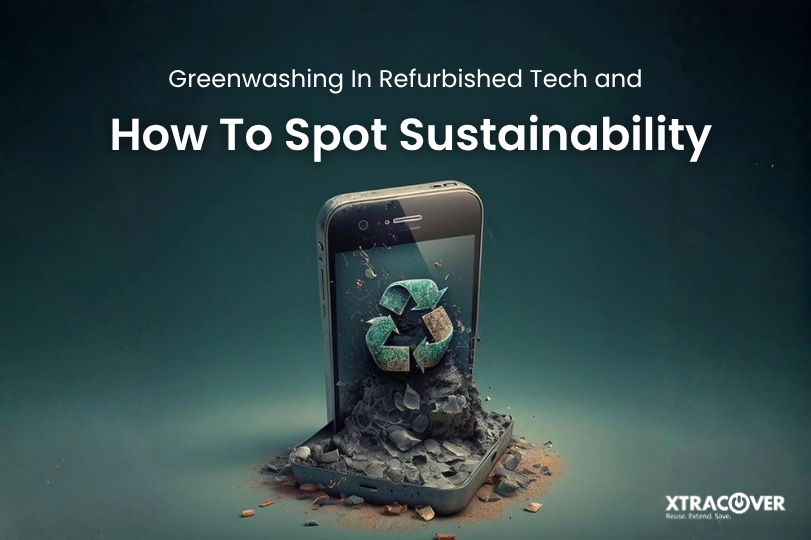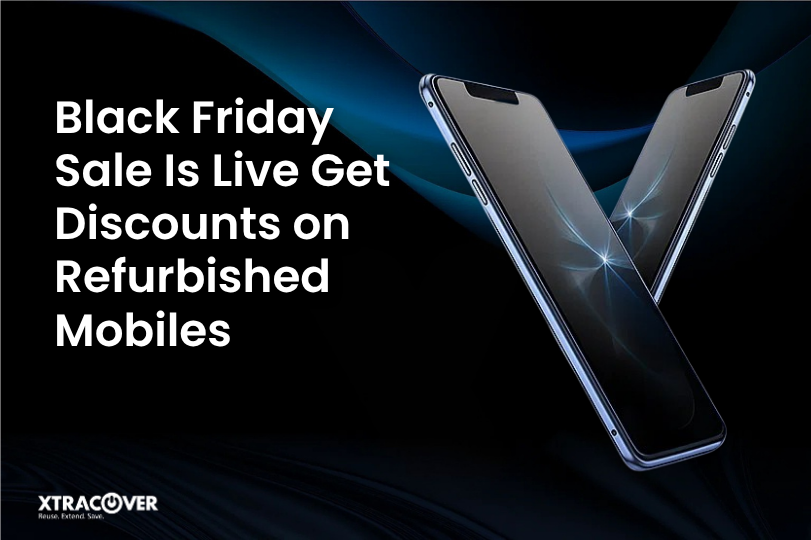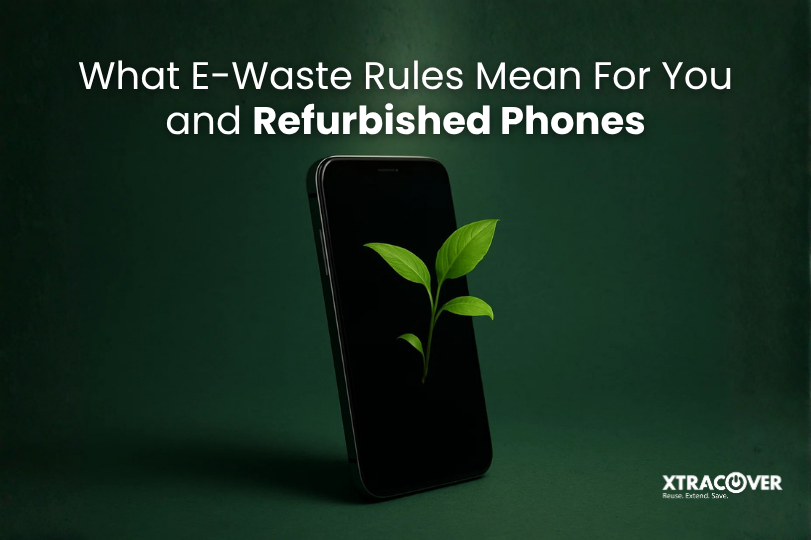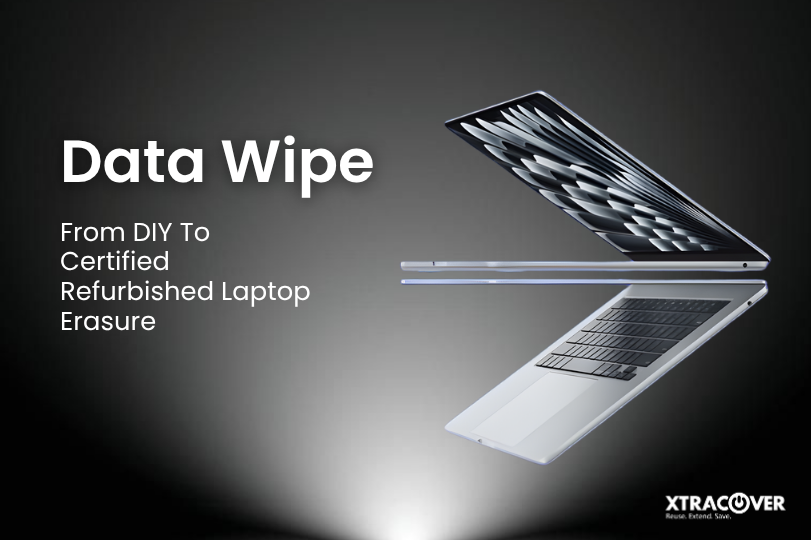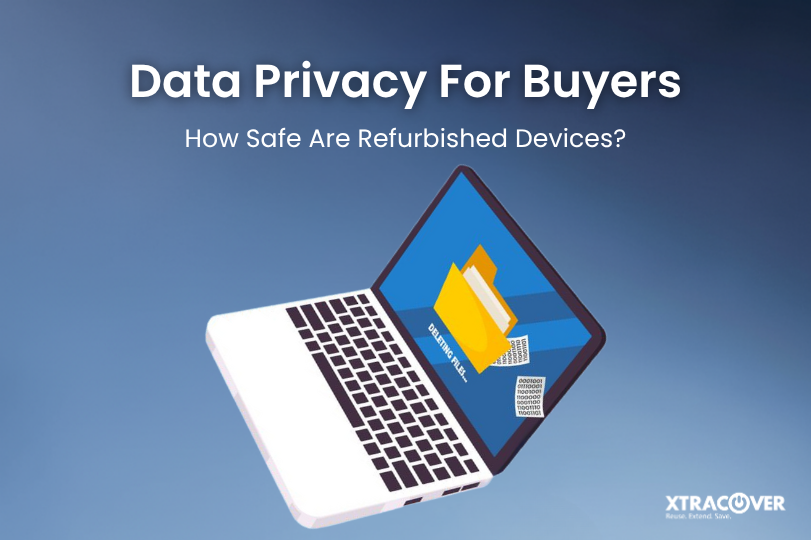At some point, every mobile phone or laptop becomes a used device. It’s not broken. It’s not useless. But it no longer fits your needs. Maybe your work now demands a better processor. Maybe your battery doesn’t hold the same charge. Or maybe it’s simply time to upgrade.
Here’s the mistake most people make: they let that device sit in a drawer. For months. Sometimes years. What they fail to realise is the more it sits, the less it is worth and the harder it is to sell.
Selling used devices is not as simple as taking a photo and waiting for it to sell. There is a process to selling used technology correctly so you can realise maximum value, evade scams, and do your part for a more sustainable technology ecosystem.
Here’s how to sell your old devices the smart way.
1. Know What You’re Selling (And How Much It’s Really Worth)
Before you list your device anywhere, take a step back. Identify:
- Model Name and Number
For phones: Go to Settings > About Phone.
For laptops: Look at the label under the device or check System Info. - Storage, RAM, Processor, OS
These specs significantly affect resale value, especially in tech forums and online marketplaces. - Battery Condition
Battery health is one of the first things buyers look for. On iPhones, it’s visible in settings. For Android and laptops, use diagnostic apps.
Then, check the market:
- Visit platforms like Cashify, OLX, MobileGoo, and Amazon Renewed.
- Search listings for your exact model.
- Compare across 3 to 4 platforms to find a price range.
If your iPhone 11 still runs smoothly and has 85%+ battery health, don’t undersell. If your Redmi Note 8 Pro has a cracked screen, adjust accordingly.
2. Don’t Call It “Second-Hand” – Use the Right Language
Second-hand has heavy meanings. It has some implications of use, wear, neglect, and substandard condition. However, the terms “pre-owned”, “used but in good condition”, or “barely used” are more favourable terms that give the product the benefit of the doubt without being misleading to the buyer.
Be transparent. But don’t undermine your own product with language that sells it short.
3. Clean It – Physically and Digitally
It might sound basic, but presentation matters.
Physical Clean-up
- Please take a microfibre cloth and wipe down all of the screens, ports, and keyboards.
- The goal is to remove unwanted decals, dust, fingerprints, etc.
- Don’t forget to wipe down the camera lenses and charging terminals for phones.
- Carefully box it back up, ideally in the original box (where applicable).
Digital Clean-up
- Make sure to back up everything (photos, docs, etc.).
- Factory reset the device and remove your Google/iCloud account.
- For laptops, install a clean OS from the manufacturer.
- Ensure no sensitive information is left on it.
Buyers will feel much better about buying a device that feels ‘like new’, is clean, decluttered, and ready to be used.
4. Take High-Quality, Honest Photos
Poor images kill deals.
Use natural light. Place the device on a clean background. Capture:
- Front and back
- Any scratches or dents (be honest)
- Accessories included (charger, box, etc.)
- Device turned on, showing it’s functional
Avoid using images from the internet. Original photos build trust and help your listing stand out in a crowded space.
5. Choose the Right Platform
Where you sell matters just as much as what you sell. Some options:
A. Dedicated Buyback Platforms
Websites like Cashify, MobileGoo, or XtraCover make the process easier. You input your model and condition, they offer a quote, and in many cases, pick up the device from your doorstep. It’s convenient and safe.
B. Marketplaces (OLX, Facebook Marketplace)
In a marketplace, you control the price. You may haggle. But don’t forget: you could get lowballed, spammed, or defrauded. Always meet in a public space and only take secure payments.
C. Trade-in via OEMs
For example, both Apple and Samsung have trade-in programmes now. If you are upgrading with them, you might offset your new device’s price.
The takeaway? Know your comfort level. If you are tech-savvy and patient, you can likely get more selling directly. If you are looking for ease of use and safety, structured platforms are a better option.

6. Timing is Everything
Want to get the most for your device? Time it right.
- Sell before a new release. Prices drop as soon as a new version becomes available.
- Big buying seasons (holiday seasons like Diwali or back-to-school) are usually a time of increased buying intention.
- Stay clear of January, as people are recovering from the holiday expenses.
Selling your used devices when demand peaks gives you better negotiation power.
7. Be Transparent, Not Defensive
When listing your device, clarity beats persuasion. Share:
- Exact model and configuration
- Battery condition or cycle count
- Age of the device
- Issues, if any (scratches, dents, replaced parts)
- Accessories included
Write like a seller who’s knowledgeable and fair, not desperate.
For example:
Wrong: “Selling old phone. Works fine. Good condition.”
Right: “iPhone XR, 128GB (Red), 85% battery health, single owner. Minor scuff on the back. Factory reset and ready for use. Includes original charger and box.”
8. Stay Safe While Selling
Safety is underrated in resale. Just a couple of points to remember:
- Meet in a well-lit public space (a cafe, a mall, a coworking space … anything).
- Never share OTPs and never accept links for payment verification.
- Use trusted payment methods like UPI or cash
- Keep a record of the buyer’s number and transaction
If you’re selling your used devices through a platform like XtraCover or Cashify, pickup agents are usually verified. Even then, make sure your data is wiped before handing over the device.
9. Understand the Value of Accessories and Packaging
If you have the original box, charger, or even the bill, mention it. It adds perceived value and trust. In some cases, accessories alone can boost your resale by ₹500–₹1500.
Don’t throw away boxes or bills if you plan to sell your devices later.
10. Think Beyond Just One Device
Selling your used devices doesn’t have to be a one-off task. In fact, many people are sitting on a pile of unused electronics: old phones, smartwatches, speakers, and tablets.
Doing a “tech declutter” every 6–12 months not only clears up space but can also help you recover serious value.
And let’s also not forget, reselling is the sustainable option. Every time you resell a device rather than throw it away or store it away, you are also helping with e-waste and keeping valuable materials in circulation.
FAQs
Q1. How do I check the resale price of my phone?
Check buyback websites like Cashify or SellNCash or check the most recent listings on OLX and Facebook Marketplace.
Q2. Is selling to someone online safe?
Yes, selling online is very safe, as long as you are using a verified platform or follow a few precautions if meeting up with your buyer.
Q3. Should I sell directly or trade in?
Trade-ins are easier but may offer lower payouts. Direct selling may fetch a better price but requires more effort.
Q4. Will a cracked screen affect the resale value?
Yes. Repairs cost money, and the buyer will expect a lower price. Always disclose damage to your phone.
Q5. Can I sell my phone without a bill?
Yes, but it may lower the amount of interest from a buyer. Always disclose it in the listing.
Final Thoughts
Selling used devices isn’t just getting rid of your old gadget – it is releasing value, being sustainable, and doing it properly. Whether you are selling your device to upgrade, to create some space, or to make a little extra money, selling used gadgets is easier than you think – if you do the right things. Don’t allow your devices to depreciate sitting around. Sell them right. Sell them smart.


